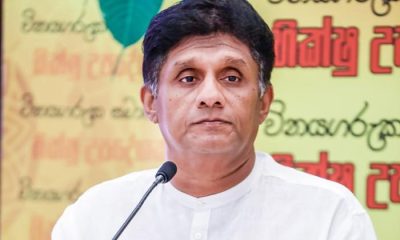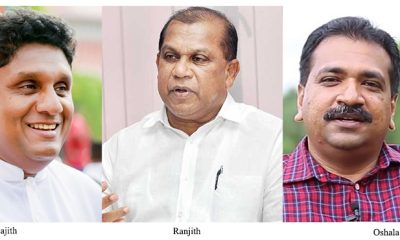News
Sajith demands removal of committee chairmen over conflict of interest
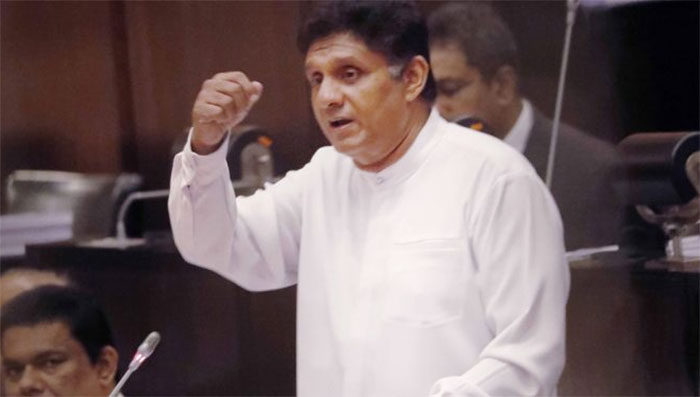
Opposition and SJB leader Sajith Premadasa yesterday called on Speaker Mahinda Yapa Abeywardena to remove parliamentary committee chairmen who had conflicts of interest.
Premadasa demanded to know from the Speaker what moral right a person had to chair a committee investigating Sri Lanka Cricket after providing consultancy services and getting paid for those services from the SLC.
“I call upon the Speaker to conduct an investigation and inform the House who the proprietor of the Business Management School of Colombo is and the names of public institutions that obtained his services. Various public institutions are summoned before the committee and are questioned whether they have a business plan. If the institution being questioned does not have a business plan then the committee orders it to prepare a business plan immediately. Thereafter, that institution is approached by the Business Management School of Colombo and it gives consultancy services to prepare the business plan. I have evidence to prove this, he alleged.
“For example, the Speaker could check this by inspecting how the Vocational Training Authority got its business plan. Does it mean that the committee chairman post is given to the MPs to promote their private businesses? There are many examples to prove this. The chairmen with conflicts of interest should be removed immediately,” Premadasa said.
Latest News
Discussions between Sri Lankan and Indian delegations at the presidential secretariat
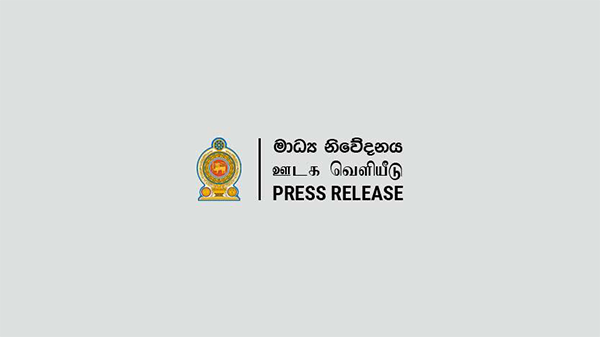
Following the conclusion of bilateral discussions between President Anura Kumara Disanayake and Prime Minister of India, Shri Narendra Modi, official-level talks between the delegations of Sri Lanka and India commenced this morning (05) at the Presidential Secretariat in Colombo.
Representing the Government of Sri Lanka were Prime Minister Dr. Harini Amarasuriya, Minister of Foreign Affairs, Foreign Employment and Tourism, Vijitha Herath; Minister of Labour and Deputy Minister of Economic Development, Anil Jayantha; Secretary to the President Dr. Nandika Sanath Kumanayake; Governor of the Central Bank of Sri Lanka, Dr. P. Nandalal Weerasinghe, along with other senior officials.
The Indian delegation included Minister of External Affairs Dr. S. Jaishankar, National Security Advisor Ajit Doval, Foreign Secretary Vikram Misri and His Excellency Santosh Jha, High Commissioner of India to Sri Lanka, along with several other senior officials of the Government of India.
Latest News
Indian Prime Minister Shri Narendra Modi arrives at the presidential secretariat
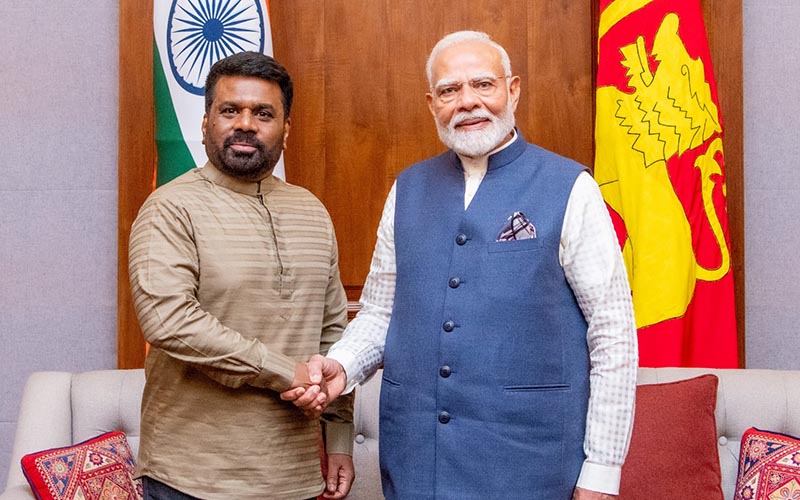
Indian Prime Minister Shri Narendra Modi, who arrived in Sri Lanka on the invitation of President Anura Kumara Disanayake on Friday [04] night, visited the Presidential Secretariat this morning (05).
The Indian Prime Minister was warmly welcomed by President Anura Kumara Disanayake upon his arrival at the Presidential Secretariat.
Prime Minister Modi is currently on a state visit to Sri Lanka, reaffirming the theme “Friendship of Centuries — Commitment to a Prosperous Future” which symbolises the longstanding ties between Sri Lanka and India. The Indian Premier is scheduled to remain in the country until tomorrow (06).
[PMD]
Latest News
Indian PM receives warm welcome
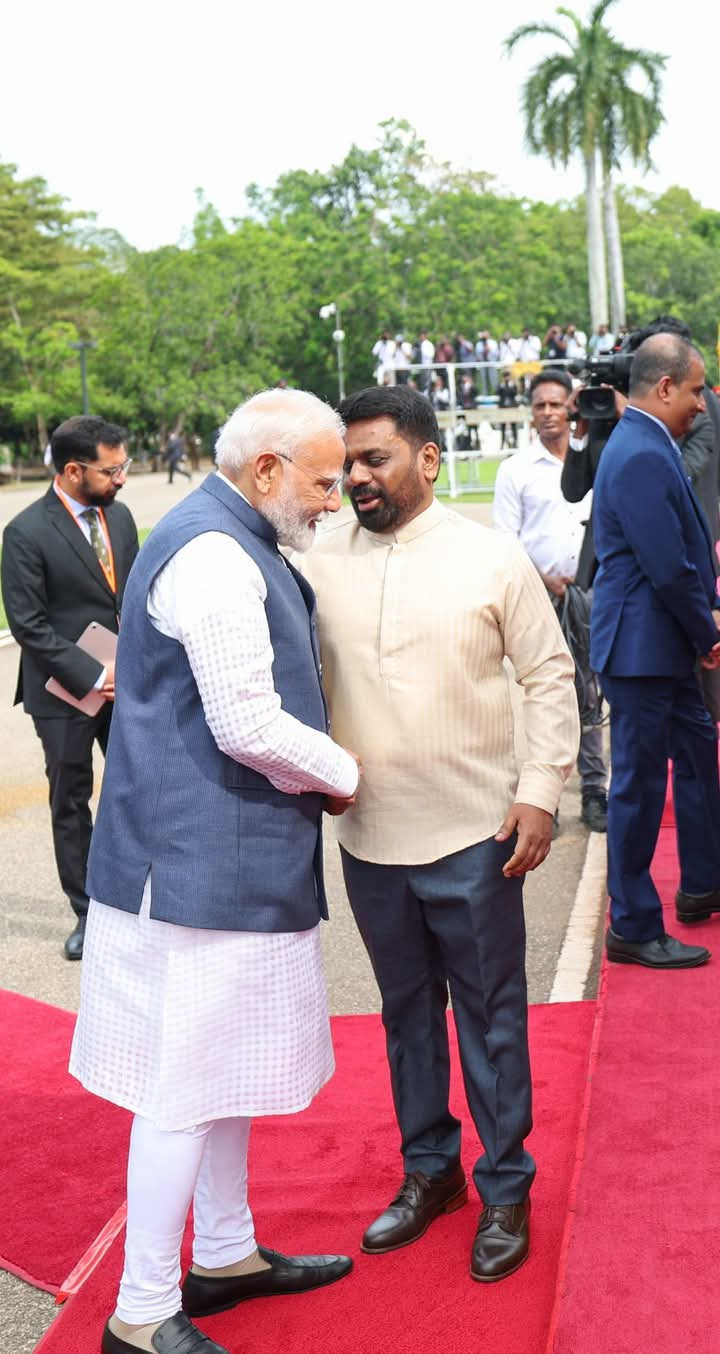
The official welcoming ceremony for Indian Prime Minister Narendra Modi, was held this morning (05) at the Independence Square in Colombo.
On arrival at the Independence Square the Indian Prime Minister was warmly welcomed by President Anura Kumara Disanayake.
-
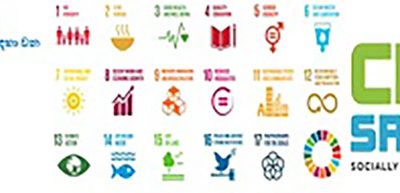
 Business2 days ago
Business2 days agoStrengthening SDG integration into provincial planning and development process
-

 News6 days ago
News6 days agoBid to include genocide allegation against Sri Lanka in Canada’s school curriculum thwarted
-

 Sports7 days ago
Sports7 days agoSri Lanka’s eternal search for the elusive all-rounder
-
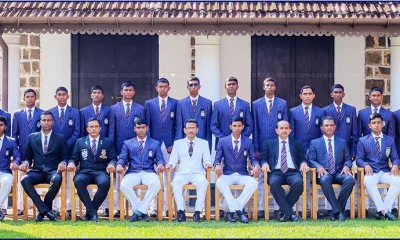
 Sports3 days ago
Sports3 days agoTo play or not to play is Richmond’s decision
-
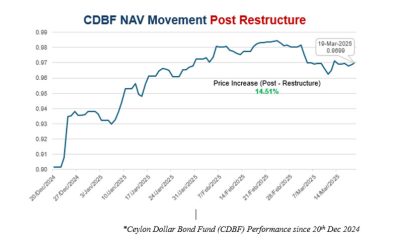
 Business13 hours ago
Business13 hours agoNew SL Sovereign Bonds win foreign investor confidence
-
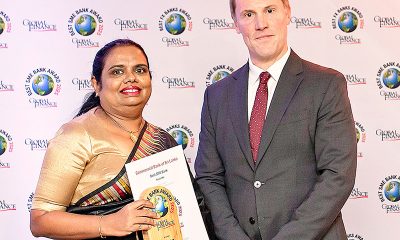
 News7 days ago
News7 days agoComBank crowned Global Finance Best SME Bank in Sri Lanka for 3rd successive year
-

 Features7 days ago
Features7 days agoSanctions by The Unpunished
-
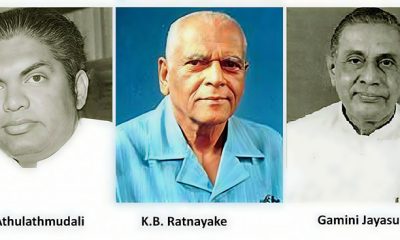
 Features7 days ago
Features7 days agoMore parliamentary giants I was privileged to know








